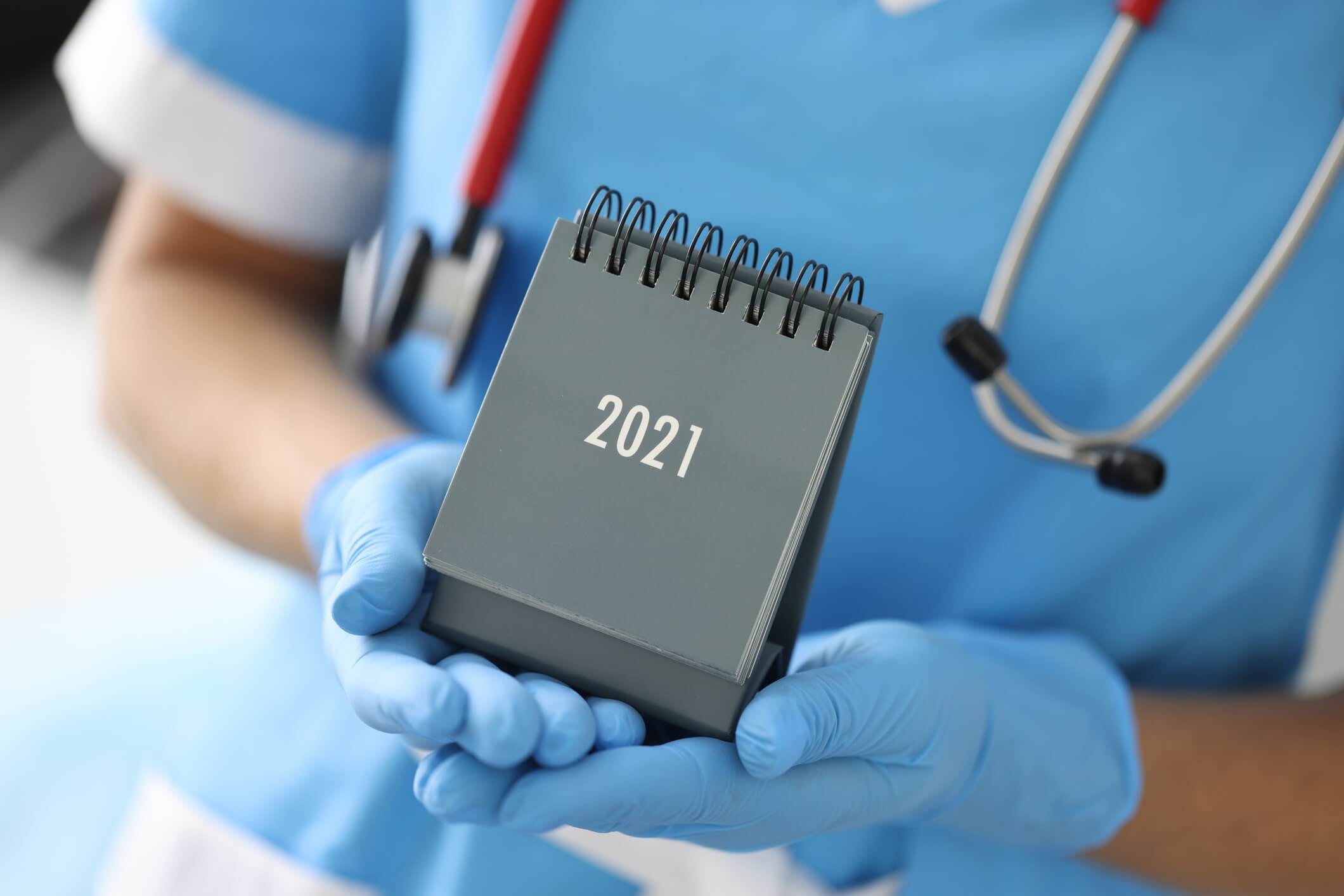As we’ve previously mentioned, the US healthcare industry is experiencing a shift to value-based care. Today, healthcare providers are gradually moving towards a value-based reimbursement model (VBR), based on the quality, not the quantity of care. And the US government does its best to assist healthcare providers who strive for more efficient, innovative, and patient-centered care. In the article, we are going to explain what MACRA is and what role MIPS plays in the shift towards fee-for-value care.
What’s MACRA?

MACRA is an acronym for the Medicare Access and CHIP Reauthorization Act, a landmark bipartisan law of 2015 that has fundamentally altered the way that services and care are evaluated and paid for in the USA. The new law repeals the Sustainable Growth Rate (SGR) Formula determining Medicare Part B reimbursement rates for physicians and proposes a brand-new approach to care payment based on value, not on volume like the current fee-for-service model. Basically, it means that physicians are paid for the quality and effectiveness of care and services they provide to patients — the more the value the higher the reward.
What’s MACRA’s Quality Payment Program (QPP)?

MACRA’s value-based reimbursement is based on a two-track Quality Payment Program or QPP. Under the Program, clinicians can choose between two payment systems or tracks: the Merit-Based Incentive Payments System (MIPS) and Alternative Payment Models (APMs).
Unlike MIPS, the APM track is intended for bigger and more technologically advanced clinical practices. Moreover, participation in APMs involves potential risks and considerable expenses, which is quite unaffordable for clinicians and practices that are only beginning their journey to new payment models. Therefore, in this article, we’ll elaborate on MIPS, a far more accessible track.
MIPS combines three previous quality programs — Value-Based Modifier (VBM), Physician Quality Reporting System (PQRS), and Promoting Interoperability Program (formerly known as Meaningful Use, or MU) — into one and creates a fourth additional component — Improvement Activities (IA).
More importantly, it establishes four performances categories to measure and pay MIPS-eligible clinicians (ECs):
- Cost (15%) — replaces the VBPM. In this category, CMS (the Centers for Medicare & Medicaid Services) calculates the total cost of eligible clinicians’ care and service delivery based on Medicare claims.
- Quality (45%) — replaces PQRS. This performance category covers the quality of care an eligible provider delivers. A clinician can choose and report a total of six measures of performance to CMS that best fits their practice.
- Promoting Interoperability (PI) (25%) — replaces the Meaningful Use program (currently the Promoting Interoperability Program). This category aims at promoting patient engagement and the electronic exchange of information using certified EHR technology (CEHRT). Generally speaking, it includes sharing test results, visits summaries, and treatment plans with patients and other providers to enable efficient care coordination.
- Improvement activities (15%) — a new performance category. It includes a set of activities aimed at improving clinical practice or care delivery that should result in improved patient outcomes. ECs can choose and perform activities that better fit their practice.
Who is eligible to participate in MIPS?

MIPS eligibility is based on the TIN/NPI combination — a clinician’s National Provider Identifier (NPI) and the associated Taxpayer Identification Numbers (TINs).
3 major factors are determining a clinician’s eligibility to take part in MIPS:
- Clinician type;
- The volume of care to Medicare patients;
- CMS determination period.
Clinician type
According to the Quality Payment Program in total, there are 13 MIPS-eligible types of clinicians: from physicians to nurse practitioners and clinical psychologists. To see the full list of types you can visit the official website of the Quality Payment Program.
The volume of care to Medicare patients
To participate in the program eligible clinicians also need to meet the volume threshold for allowable charges, the number of Medicare patients receiving care and services, and the number of services provided.
The list of 2020 MIPS eligible clinicians includes those who:
- Bill more than $90,000 for Part B covered professional services;
- See not less than 200 Part B Medicare patients;
- Provide more than 200 covered professional services to Medicare Part B patients.
CMS determination period
CMS reviews clinicians’ and practices’ past Medicare Part B claims, Provider Enrollment, Chain, and Ownership System (PECOS) data from two 12-month periods to estimate the volume of care they provide to Medicare beneficiaries.
Here’s the 2020 example:
- 1st Determination Year: October 1, 2018, to September 30, 2019 (includes 30-day claims run out);
- 2nd Determination Year: October 1, 2019, to September 30, 2020 (does not include 30-day claims run out).
Clinicians and practices should exceed all the 3 above-mentioned low-volume threshold criteria within both parts of the determination period to get included in MIPS.
What’s coming for MIPS in 2021?

On August 4, 2020, the Centers for Medicare and Medicaid Services (CMS) published its proposed regulation for the Quality Payment Program (QPP) that includes several recommended changes to MIPS and APMs in 2021 and beyond. A final rule will be released at the end of this fall as soon as a public comment period is over.
| MIPS performance categories | 2021 Performance Year | 2020 Performance Year |
| Cost | 40% (45% in 2020) | 30% |
| Quality | 20% (15% in 2020) | 30% |
Under the new regulation, the minimum threshold will increase up to 50 points — by 10 points compared to 2020. It will make it harder for eligible clinicians to meet the MIPS requirements and get rewards for their services. Read the full version of the 2021 proposed MIPS rule to get more information.
Value-based healthcare is here to stay

It’s too early to evaluate the impact of MACRA and MIPS on the US healthcare industry and it’s also hard to tell whether these programs are effective. A recent report by KLAS Research and CHIME shows that only 26% of Hospital Revenue accounts for value-based reimbursement contracts. It means that fee-for-service still outpaces VBR and the progress is not so fast.
However, the reason for such a slow transition is pretty obvious — COVID-19 has significantly affected the healthcare industry. Financial challenges posed by the pandemic are getting in the way of industry leaders who strive for adopting innovative payment models and fee-for-value care. But the bottom line is that value-based healthcare is here to stay and a move backward is hardly possible. Value-based healthcare only needs time to take deep root and progress will follow.
If you consider implementing an EHR software solution in your practice or need assistance with custom software development, feel free to drop us a line. Our consultants will gladly answer all your questions and assist you through the EHR adoption process.









